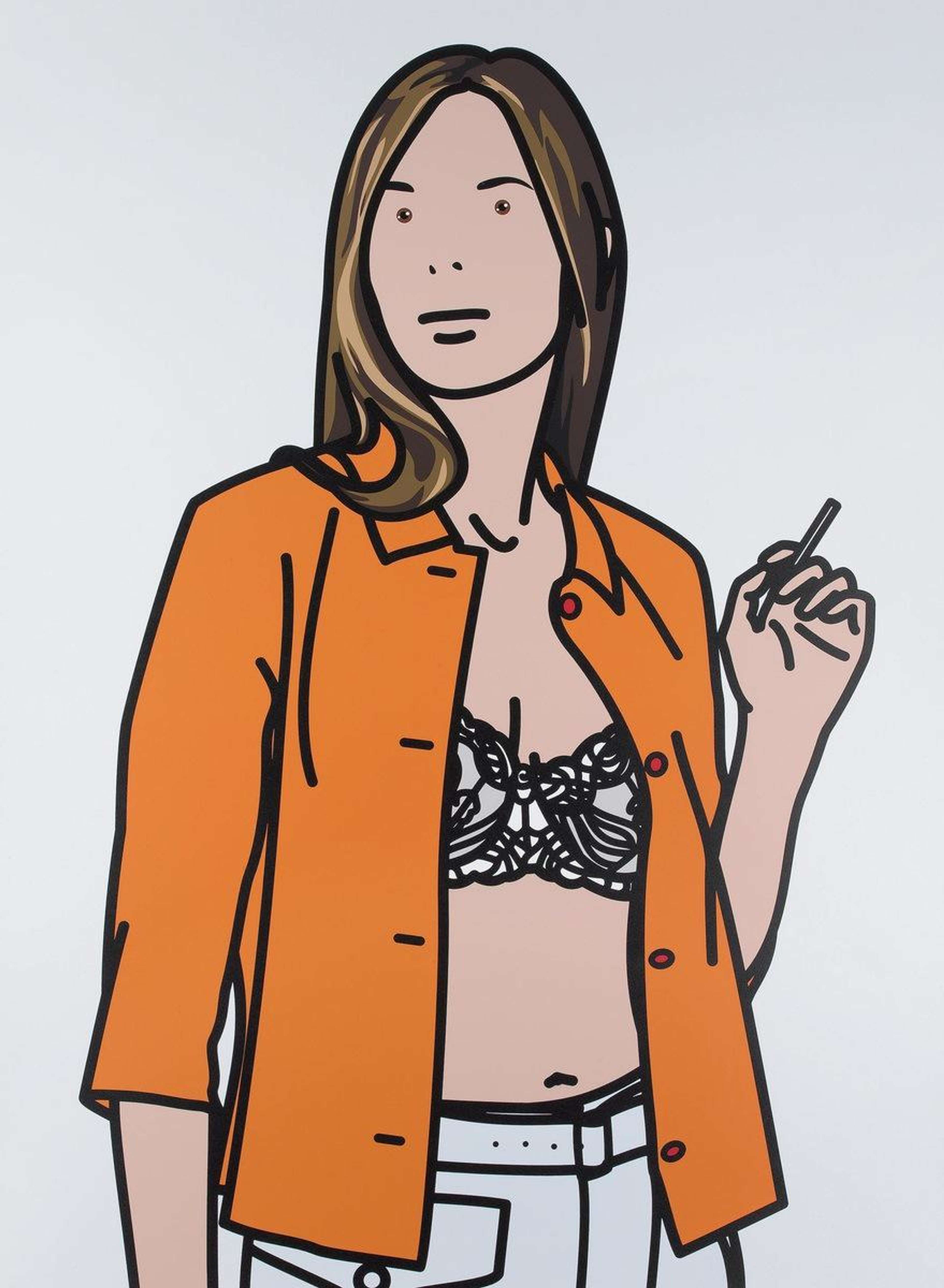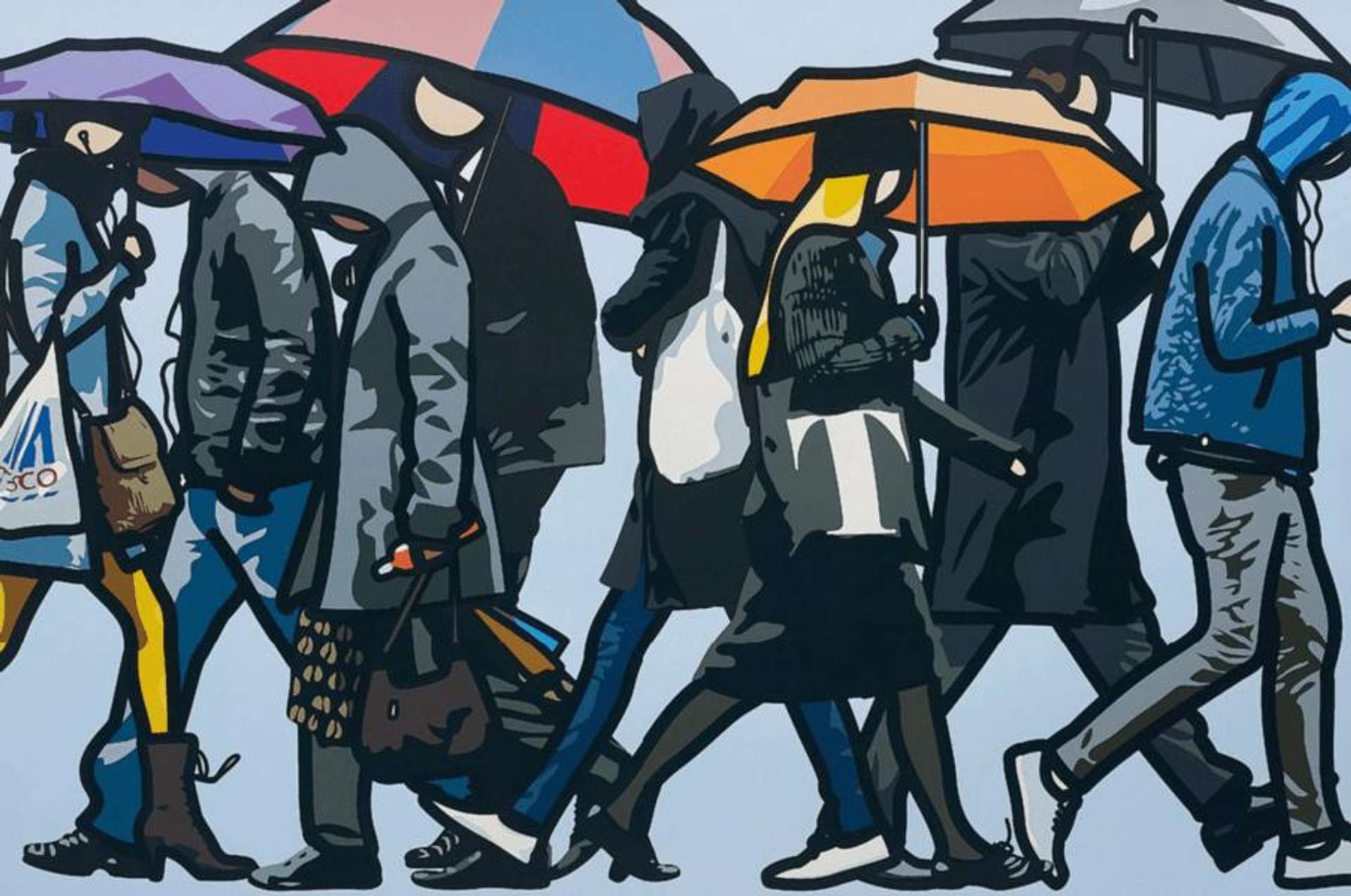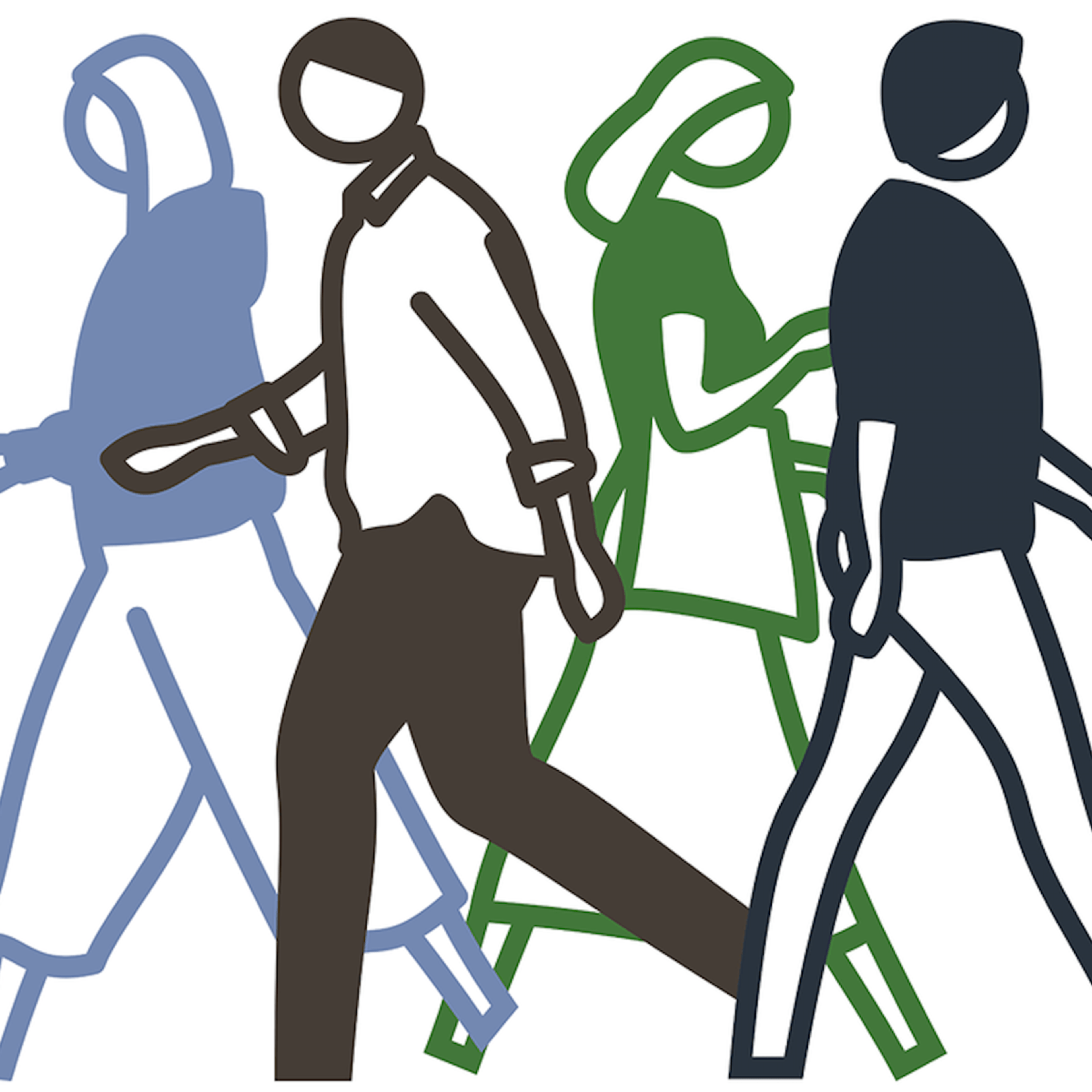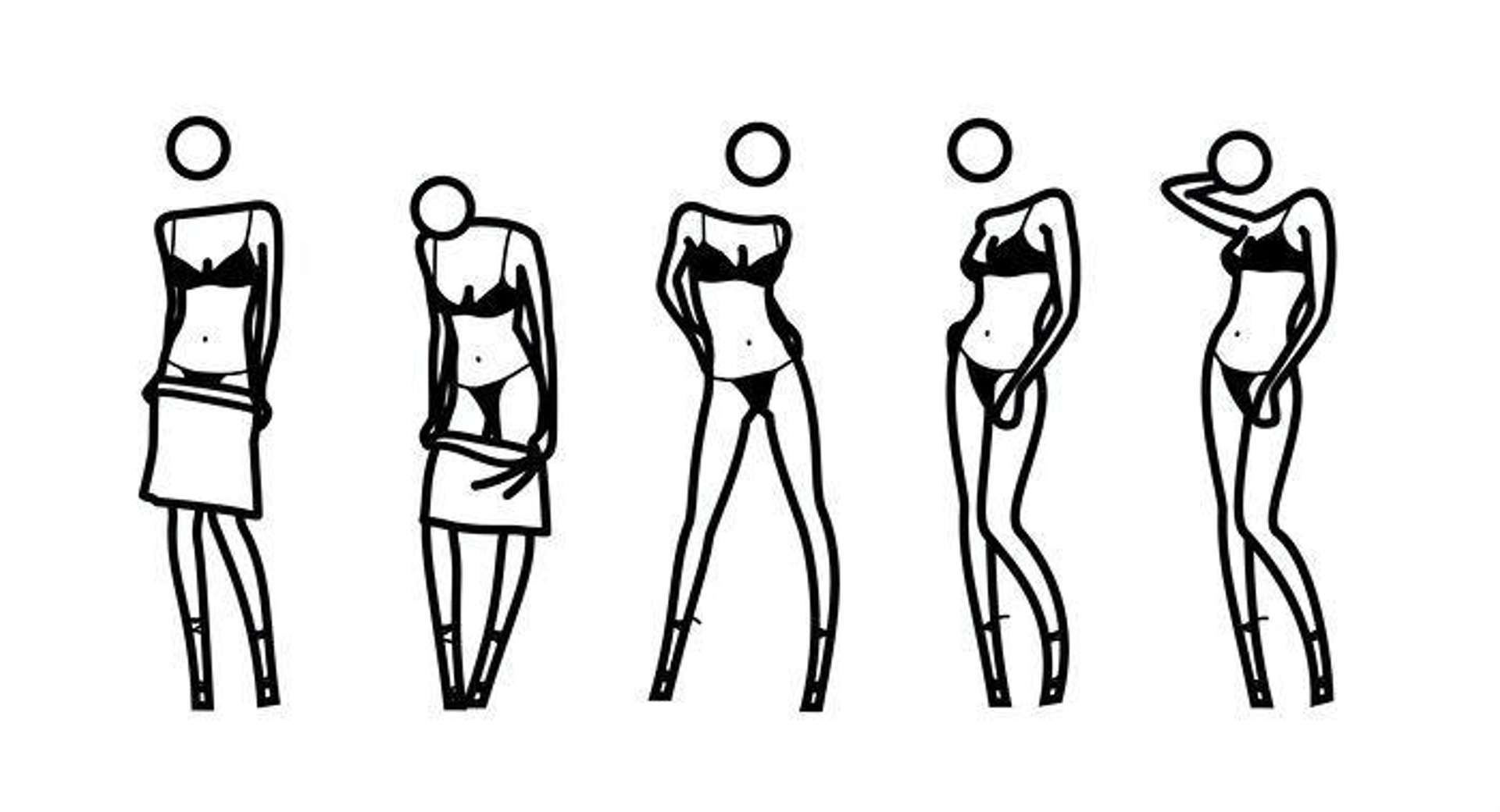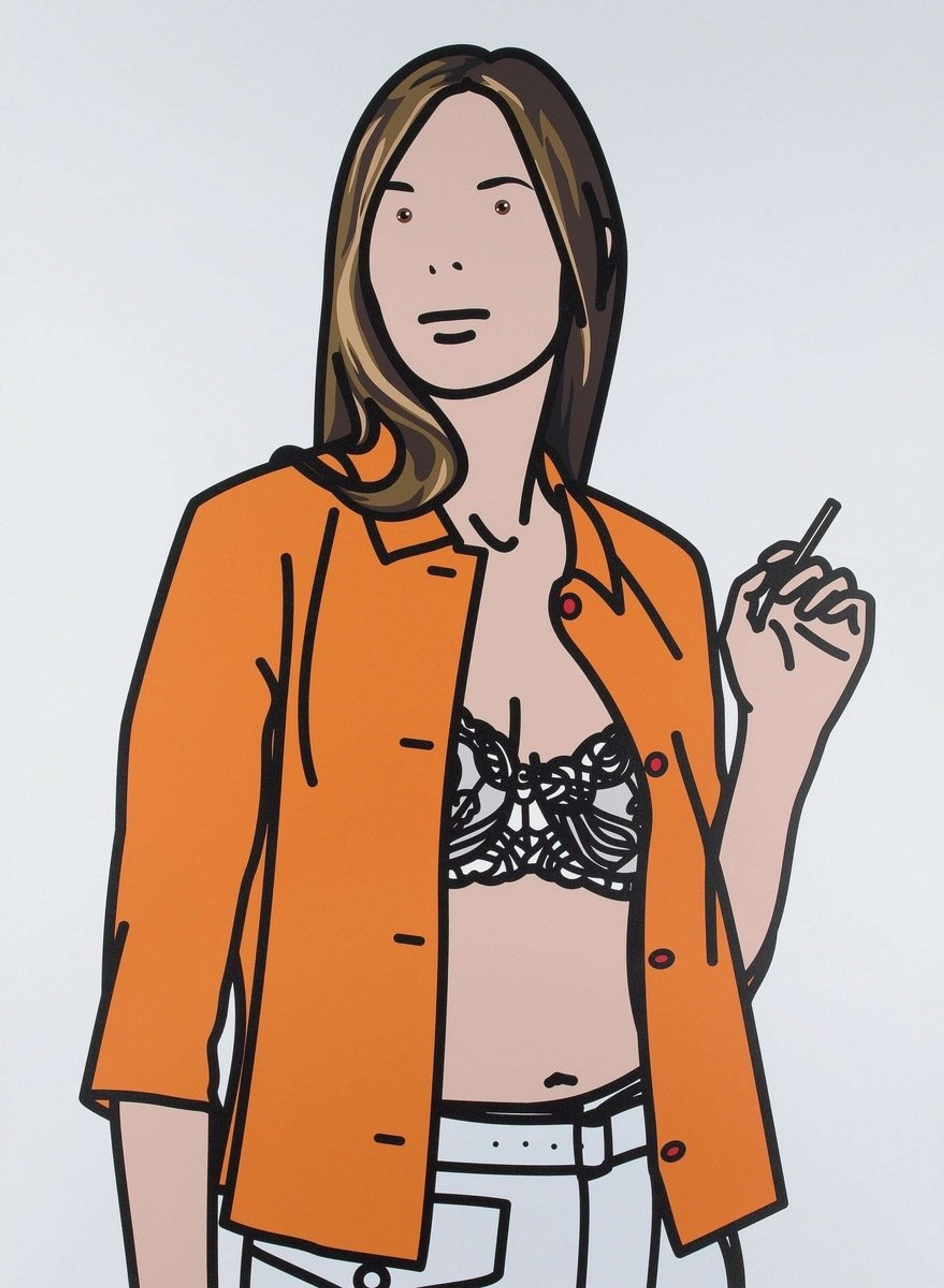 Twenty Six Portraits © Julian Opie 2006
Twenty Six Portraits © Julian Opie 2006Market Reports
Since emerging in the ’80s, Julian Opie has achieved critical and commercial success with work that is heavily inspired by the aesthetics of Pop Art and Minimalism. His figures can be seen on LCD screens, screen prints, canvases, and even t-shirts, around the world, and his artworks continue to be in demand from collectors.
If you’re thinking of selling a Julian Opie print or other work by the artist, we can help you navigate the market and ensure you get the best price at the right time. In this guide we look at recent results for the artist, the variables that play a part in determining value for his work and the various avenues we recommend for selling an artwork.
How much is my Opie print worth?
While some Julian Opie prints go for as little as £2,000, others can reach up to £50,000, and unique pieces can even go beyond that. According to auction stats from the last ten years, 47% of Opie’s works sold for $10,000–50,000 and 30% sold between $50,000–100,000. In terms of his contemporaries, this is comparable to artists such as Mel Bochner and Donald Sultan.
Many other factors affect the price of a work, however. This can range from the date the piece was made, the size of the edition, the popularity of the series and whether a piece has been signed or not.
Why sell now?
With a string of high profile public commissions under his belt, Julian Opie is one of the leading contemporary artists alive today. His work has been in steady demand on the primary and secondary market for a while now with prices for his work at auction rising significantly in the last three years – in 2019 his sales totalled at around $2.4million – the market for this artist is opening up again, after a small lull at the beginning of the decade, as younger generations are attracted to the clean and bright aesthetic of his work.
In recent years auction lots of Opie’s work have been selling consistently within or above their estimate range, proving the strength of the market for this artist right now.
Which Opie works are most in demand?
While Opie’s large full length nudes tend to command hundreds of thousands of pounds at auction, smaller versions of his signature figures also tend to perform well at auction and continue to be in demand from collectors worldwide. Opie’s Warhol-inspired portraits are also very popular thanks to the success of the artist’s award-winning album cover for Blur’s The Best Of in 2000 and his celebrated portrait of James Dyson, now hanging in the National Portrait Gallery. The artist has also produced a number of hypnotic video installations and lenticular prints which capture his figures in the movement of walking and bring life to the flatness of previous series. Other popular series depict women pole dancing or performing a striptease, while more recent work shows the artist turning to clothed figures, often in crowds, encapsulating the everyday realities of (pre-pandemic) city life.
How can I prove my Opie is authentic?
Where possible all artworks should be accompanied by a certificate of authentication or the relevant paperwork that traces the work back to the original seller, which should be the artist or the artist’s gallery. You may also find that a signed catalogue is included with a work to prove its exhibition and publication history as well as its authenticity. Works on screens can also have signed labels affixed to them. If the work was originally purchased through an auction house or trusted dealer there is no need for collectors to worry about a work’s authenticity as a specialist will have carried out due diligence checks before offering the piece for sale.
How can I ensure my piece is in good condition to sell?
It is usually the responsibility of the seller to ensure a condition check has taken place, but in case of any suspected damage, it’s best to ask an expert to advise and provide a condition report so the sale will be completely transparent.
Julian Opie’s prints vary from a handmade silkscreen or lithograph with unique colours on wove art paper, to a digital print on inkjet paper. Each medium will have its own specifications but generally it’s a good idea to consult a professional conservator or framer if you have concerns about a piece.
Read our guide to conserving your print correctly.
In order to ensure your investment is protected it’s best to keep prints and canvases away from direct sunlight with any works on paper kept behind UV-protective glass framing. Some collectors go as far as keeping their prints lying flat in a dark place in order to optimise value, however, art is made to be seen so inevitably some compromise will have to be made when it comes to displaying and preserving a piece.
Ways to Sell with MyArtBroker
At MyArtBroker, our specialists provide a free market valuation for your artwork, offering a level of transparency unmatched in today’s market. In addition to our valuations, through our online Trading Floor, you can access real-time insights into works by the artist you’re looking to sell, including pieces that are most in demand, wanted, or currently for sale: allowing sellers to trust the valuation that they are provided.
Additionally, the MyPortfolio collection management service grants you free access to our comprehensive print market database. This resource allows you to review auction histories for the specific work you’re looking to sell, including hammer prices, values paid, and seller returns. In a fluctuating market, this historical data is invaluable - and often comes at a cost elsewhere - offering insights into past and current values to further inform decisions based on market timing and conditions. In addition to our specialists guidance, you have concrete data.
Our approach is tailored to align with the unique attributes of each artwork, and offer optimal results:
How a Private Sale Works
Unlike peer-to-peer platforms, which lack specialised expertise, authenticity guarantees, and legal infrastructure for high-value sales, MyArtBroker operates through private sales ensuring a secure and seamless transaction process. We charge sellers 0% to sell, and take a small commission from our buyers, absorbing essential aspects including insurance, shipping, and marketing - at no extra cost to the seller. There is no magic to it, we’re a lean specialised business with less overheads than traditional models meaning we can do better for our clients.
Our revenue is derived from buyer commissions only, which are individually negotiated upon offer, and we aim to give the client the best return in the market place. By focusing on high-value artworks in excess of £10,000, we provide specialised care and expertise, ensuring each piece receives the attention it deserves, while simultaneously maximising returns with our clients. For works that fall below this threshold speak to the team about a recommendation, we offer market advisory free of charge. Our goal at MyArtBroker is to offer a seamless solution, setting us apart in the art market.
Advisory and Recommendations
In cases for artists and artworks, where our existing network of collectors isn’t the best fit due to value, medium or condition we collaborate with reputable partners to facilitate its sale. Carefully tailoring your artwork to the right party. This tailored approach is especially important as it considers the unique attributes of each artwork, providing sellers with the best possible outcome in today’s shifting art market. You can discuss this approach with us without charge as part of our advisory service.
Such recommendations are on a case-by-case basis, and ensures broader exposure and takes advantage of our knowledge of where a work will do best.

